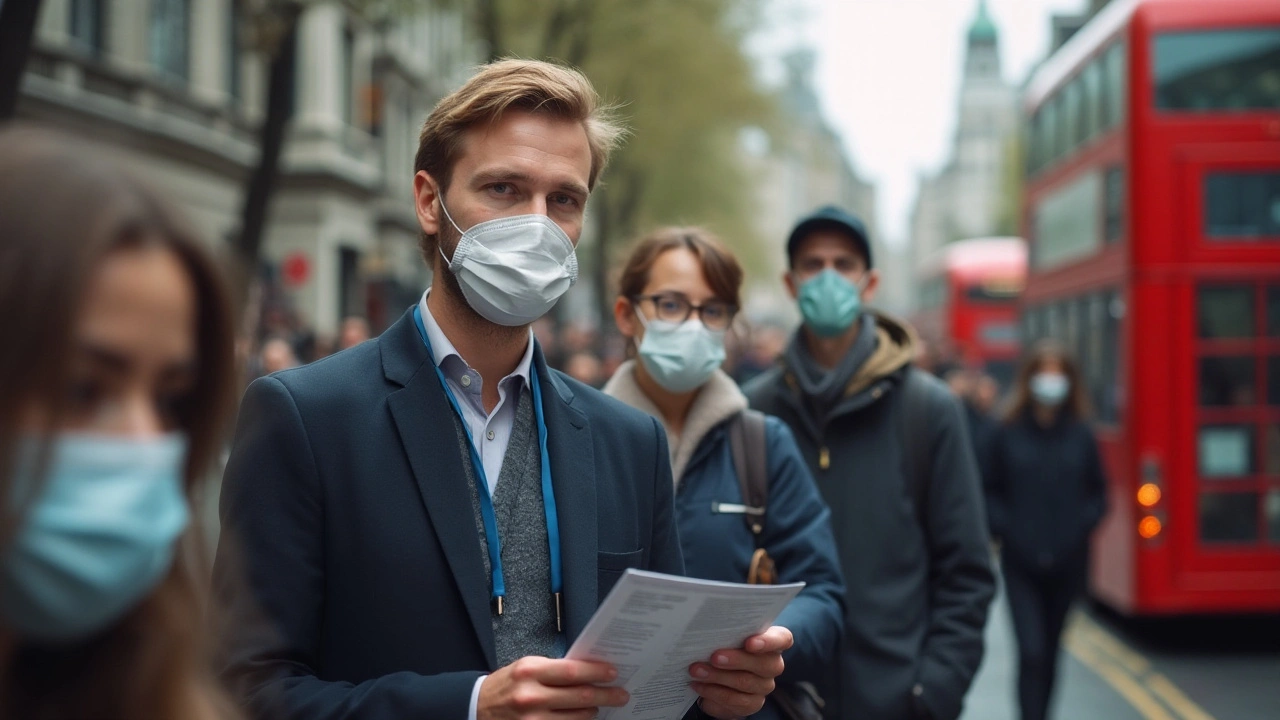A health epidemic can suddenly shake communities, making it tough to know what to do and how to stay safe. Understanding what a health epidemic is and how it spreads can help you take the right steps to protect yourself and those around you. Let’s break it down in simple terms.
An epidemic happens when a disease spreads quickly and affects a large number of people in a particular area over a short time. It’s different from a pandemic in size and reach but still can disrupt daily life and overwhelm health systems. Recognizing early signs, like spikes in illness cases or unusual symptoms, is key to quick action.
Diseases causing epidemics can be viral, bacterial, or even linked to other factors like contaminated food or water. Take salmonella, for example—often connected to food poisoning, it causes outbreaks when kitchens or food services don’t follow strict hygiene. Knowing these common causes helps avoid risks in everyday life.
Here’s the good news: you’re not powerless. Practicing good hygiene like frequent hand-washing, cooking food properly, and keeping surfaces clean can go a long way. Staying up to date with vaccines also plays a huge role in stopping the spread of many diseases.
If you start to notice symptoms that match epidemic illnesses in your area, don’t hesitate to reach out to a healthcare provider promptly. Early treatment not only helps you recover faster but also reduces the chance of passing the illness to others.
Lastly, staying informed through trusted sources such as the Mayo Clinic or MedlinePlus ensures you get accurate advice, avoiding the confusions often found online. When communities work together with clear info and simple precautions, they stand a much better chance of controlling and ending an epidemic.
Keeping an eye on local health alerts and following official guidelines might sound basic, but these steps matter big time. After all, your health and peace of mind are worth it.
